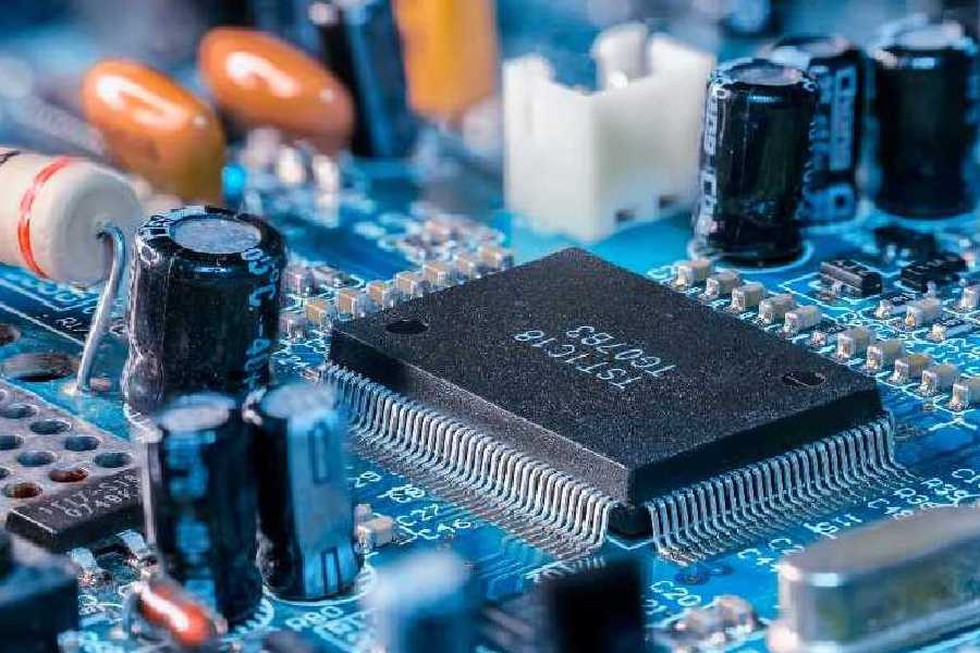
Electronics Components Manufacturing Scheme

10.04.2025
Electronics Components Manufacturing Scheme
|
For Prelims: About Electronics Components Manufacturing Scheme |
Why in the news? The Ministry of Electronics and Information Technology (MeitY) recently notified the Electronics Components Manufacturing Scheme, marking a significant step towards strengthening India’s position as a global hub for electronics manufacturing.
About Electronics Components Manufacturing Scheme:
- It is the first dedicated production-linked incentive (PLI) scheme to promote the manufacturing of select passive electronic components, including resistors, capacitors, speakers, microphones, special ceramics, relays, switches and connectors.
- The scheme will offer three incentive structures:
- Turnover-linked incentive (based on revenue)
- Capex-linked incentive (for investments in plants & machinery)
- Hybrid incentive model (a combination of both)
- Incentives for incremental investments and turnover range from 1–10% depending on the year and the component.
- Employment generation will be a mandatory requirement for all applicants, including both component manufacturers and capital equipment producers. Thus, the scheme not only boosts manufacturing but also creates skilled jobs.
- This scheme has a tenure of six years, with a one-year gestation period.
- The scheme focuses particularly on passive electronic components. In contrast, active components fall under the purview of the India Semiconductor Mission (ISM).
- This scheme is set to benefit a number of industries, such as automobiles, consumer electronics, and electronics.
Source: PIB
Consider the following statements regarding the Electronics Components Manufacturing Scheme, recently seen in the news:
1. It is the first dedicated Production-Linked Incentive (PLI) scheme to promote the manufacturing of select passive electronic components.
2. Employment generation will be a mandatory requirement for all applicants under the scheme.
Which of the statements given above is/are correct?
A.1 only
B.2 only
C.Both 1 and 2
D.Neither 1 nor 2
Answer C